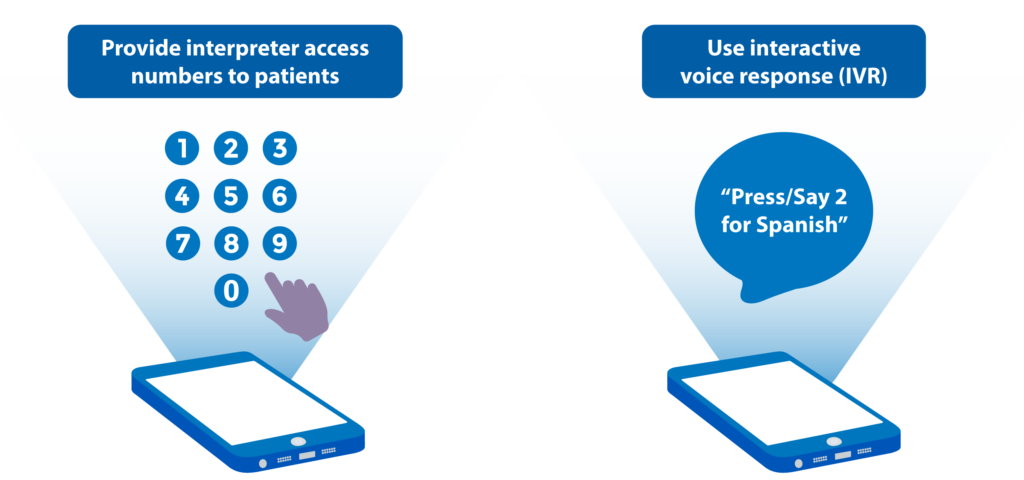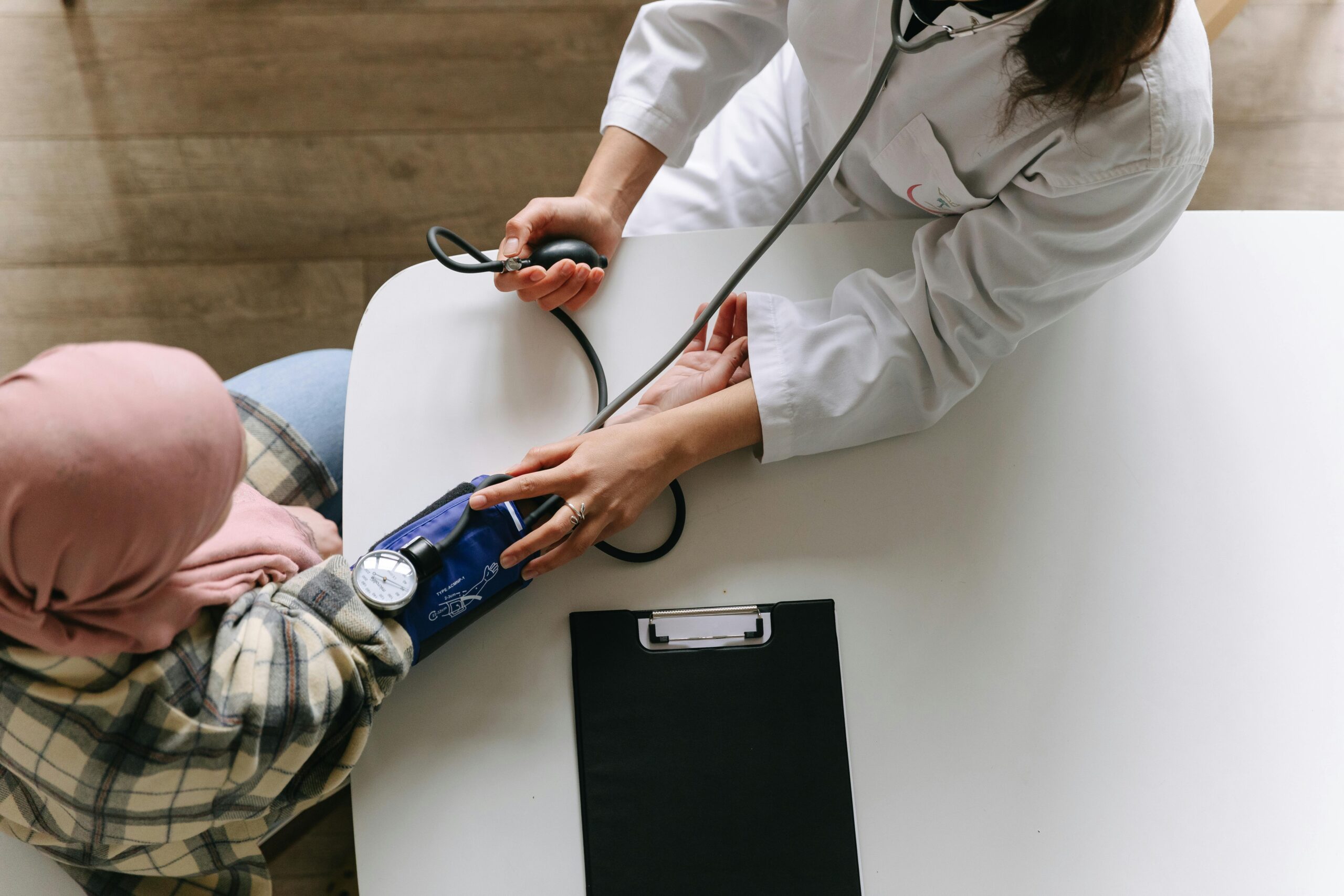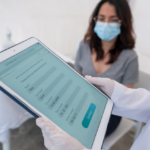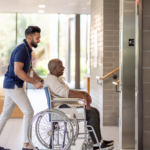Translated medical documents help your healthcare facility reduce readmission rates, improve satisfaction for limited-English proficient (LEP) patients, and comply with federal regulations. However, prioritizing your medical translation projects can be challenging among your many other responsibilities.
CyraCom’s translation and localization experts are here to help you focus on the most vital translation projects and inspire you to expand your translation library over time with lower-priority projects.
Let’s dive in:
Highest-priority medical translation projects
Notices of free language assistance
 Section 1557 of the Affordable Care Act requires healthcare providers to post a notice of nondiscrimination and taglines (short statements advising language services are available) in the state’s/hospital’s top 15 languages. This is one of the easiest requirements to fulfill, as CyraCom provides a complimentary and customizable “Interpreters are available” poster you can easily fill in with your top language translation needs.
Section 1557 of the Affordable Care Act requires healthcare providers to post a notice of nondiscrimination and taglines (short statements advising language services are available) in the state’s/hospital’s top 15 languages. This is one of the easiest requirements to fulfill, as CyraCom provides a complimentary and customizable “Interpreters are available” poster you can easily fill in with your top language translation needs.
Intake forms
Bilingual intake forms streamline the flow of information between your staff and LEP patients. CyraCom’s client, UK HealthCare, eliminated the need to review forms with an interpreter present, improved patient accessibility, and reduced the time their staff spent on the intake process by translating their forms into multiple languages.
Learn more about UK HealthCare’s creative translation solutions for improving patient experiences
Informed consent documents
Translating consent forms into your LEP patients’ primary languages helps them better comprehend their upcoming procedures and any risks they may encounter. In addition to providing better patient understanding, translated consent documents can help protect your team and organization from discrimination or medical malpractice claims.
 Discharge instructions
Discharge instructions
Did you know LEP patients readmit at a significantly higher rate than the general population? Translating critical discharge information such as home care instructions, treatment summaries, and medication information can help your LEP patients avoid readmission or adverse effects from medications.
Lower-priority medical translation projects
Contact and process information
Presumed communication barriers can prevent LEP patients from scheduling appointments or asking questions, limiting the help you can provide once the patient leaves your facility. Providing clear contact instructions in multiple languages can remove this obstacle.
Create a translated resource explaining who to contact for different information, such as scheduling an appointment, asking follow-up questions, obtaining medical records, or understanding their bill. Whenever possible, provide contact numbers that utilize interactive voice response (IVR) technology (i.e., Press/Say 2 for Spanish) to connect LEP callers with an interpreter before the call connects to your staff.
Providing translated process information can also create efficiencies for your team. For example, UK HealthCare worked with CyraCom to create welcome cards in multiple languages. The welcome cards explained the check-in process step-by-step, ultimately eliminating the bottleneck at the front desk.
Health education materials
 Allowing LEP patients to take information home and read it on their own time in their primary language empowers them to play a more active role in their health journey. Whenever possible, translate health education materials into your region’s top languages to increase understanding and awareness.
Allowing LEP patients to take information home and read it on their own time in their primary language empowers them to play a more active role in their health journey. Whenever possible, translate health education materials into your region’s top languages to increase understanding and awareness.
In-room documents
For LEP patients encountering extended hospital stays, translating in-room information can improve the patient’s experience and sense of agency. For example, translating your hospital’s cafeteria menu helps LEP patients become less reliant upon in-house or remote interpreters for simple conversations. Inventory the instructions, procedures, signs, or any other written information patients will find in their room, then consider whether an LEP patient would have access to the same knowledge as an English-speaking patient. Translate the most important information into your hospital’s top languages.
Whether you need help with high- or low-priority translation projects, CyraCom’s experts are ready to help.
Contact CyraCom’s translation team at translation@cyracom.com to request a free quote.








